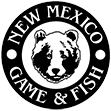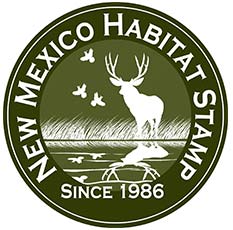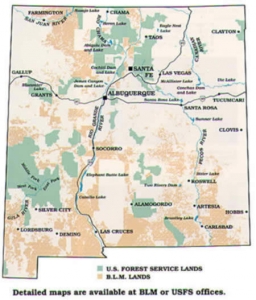HSP Coordinator
The HSP Coordinator is an employee of the NMDGF and acts as lead Department representative for the Habitat Stamp Program to develop, track, implement, and inspect projects that utilize HSP funding. The Manager works directly with BLM and USFS representatives and with contractors to implement projects.
HSP Partners
The HSP Partners are employees of the BLM and USFS engaged in wildlife habitat restoration activities, in addition to conservation organizations and members of the public interested in habitat conservation and restoration.
Citizen Advisory Committee (CAC)
CAC appointments are made by the SGC in accordance with NMAC 19.34.6. The CAC is made up of nine members and is authorized to provide citizen advice and to prioritize eligible projects for HSP funding. CAC members are expected to represent the interests of the stamp holders, public land users, and are encouraged to engage in outreach activities. CAC members are volunteers, and may resign at any time of their choosing.
Project Opportunities
Projects are developed by NMDGF and HSP partners and must include:
• Clearly defined and described actions.
• Relevant historical information, such as past land management actions, past natural disturbances, and recent land uses.
• Comprehensive and Itemized proposed use of funds.
• Comprehensive analysis to demonstrate purpose and need for project.
The HSP serves as a supplemental funding mechanism for fish and wildlife conservation projects. Project opportunities that are presented to the CAC are planned and developed collaboratively between the NMDGF, BLM, and USFS. Projects are developed taking into consideration advice and guidance provided by the CAC to the three agencies.
It is required by NMAC 19.34.6 that a minimum of 50% of HSP project expenditures support projects that benefit fish. This will be tracked and presented during public meetings, and in annual completion reports.



















